“The eyes, this magical meeting point between us and the world, no longer come to terms with this world, with reality, with nature: we see more and more through the eyes of others. This could also be an advantage but it is not so simple. Of these thousands of eyes, few, very few follow an autonomous mental operation, their own research, their own vision.” It is a thought so appropriate to contemporary thinking about images that it is surprising to learn that Ugo Mulas, an innovative photographer and original theorist, wrote it in 1973.
With the exhibition Ugo Mulas. The Photographic Operation, last March 29, “The Rooms of Photography” opened on the island of San Giorgio Maggiore in Venice. Here, with a unique view of St. Mark’s Square, the spaces of the Sale del Convitto, industrial-style premises that house Le Stanze, are made spectacular - an adjective that has never been so fitting - by the Pedron / La Tegola studio of architects with the special collaboration of the Teatro La Fenice in Venice. Not just an exhibition space, but a place of education and research, for enthusiasts and tourists alike. A happy island - it really has to be said - for those who love photography.
Yet another space dedicated to photography. Is it really needed? The fact that we live in an era in which images are central to all communication, that they often take over the conceptual content of information, that they are modified, instrumentalized, misunderstood, that not only “technicians” but sociologists, psychologists, theologians... shows that the topic “is not so simple” as Mulas said, and there is still much need to go deeper to find the thread of reflection. A reflection that in The Rooms of Photography finds fertile ground for an ambitious project. It owes its merit to the sum of two experiences: that of Marsilio Arte, which at the Casa dei Tre Oci in Venice has proposed over the past ten years more than thirty exhibitions that have recounted the work of the greatest international photographers, gradually gathering around it a community of enthusiasts, and that of the Giorgio Cini Foundation, which holds one of the most important photographic collections in Europe. The opening exhibition, which can be visited until August 6, is produced in collaboration with the Mulas Archive and curated by Denis Curti, artistic director of the new space, and Alberto Salvadori, director of the Ugo Mulas Archive.
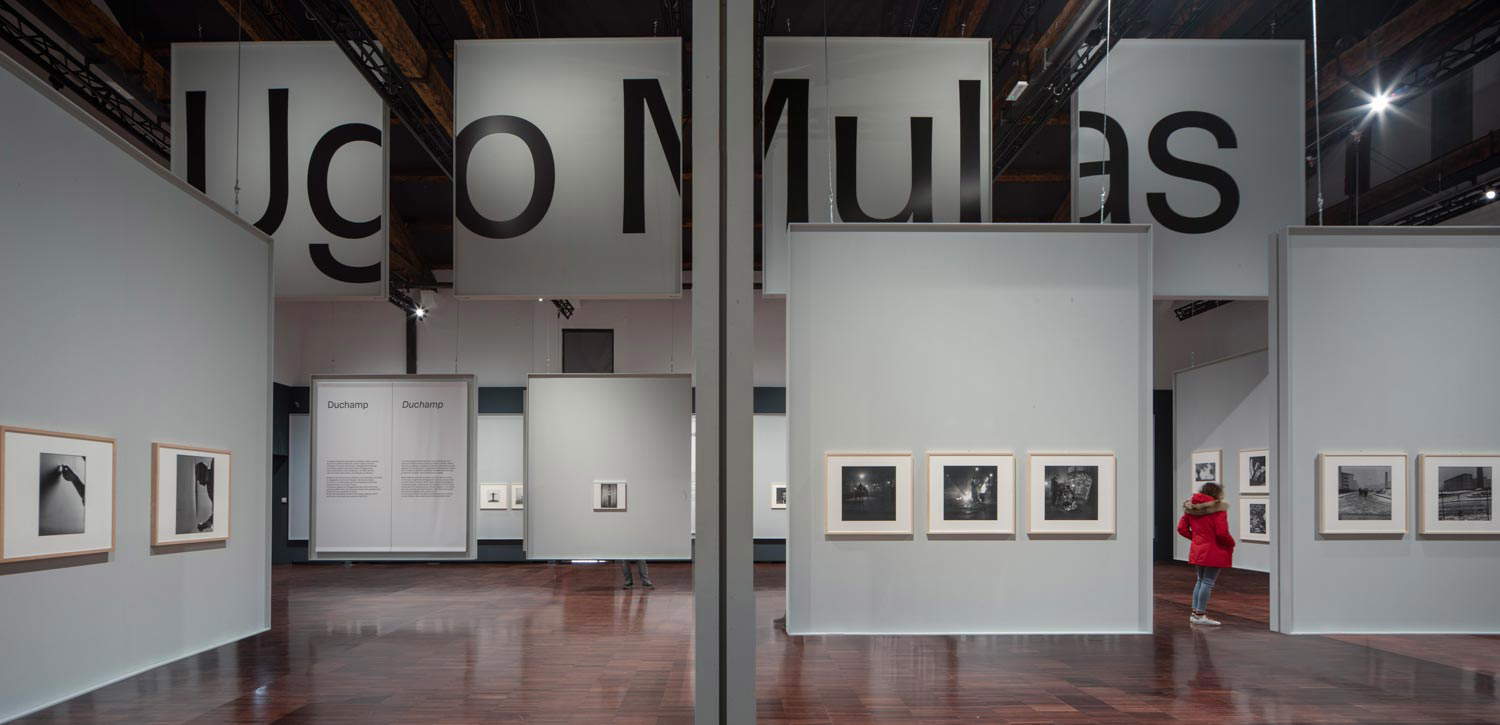
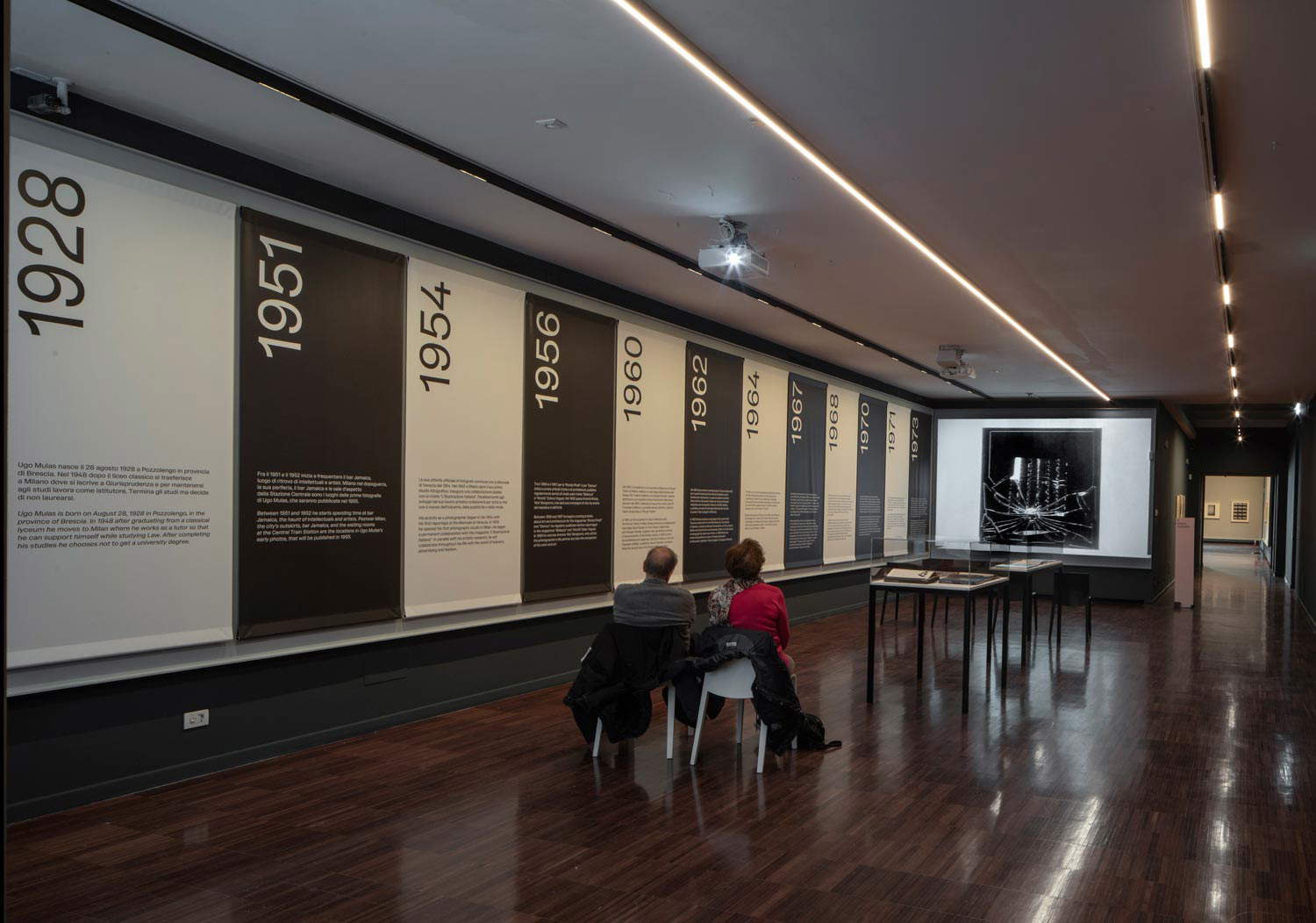
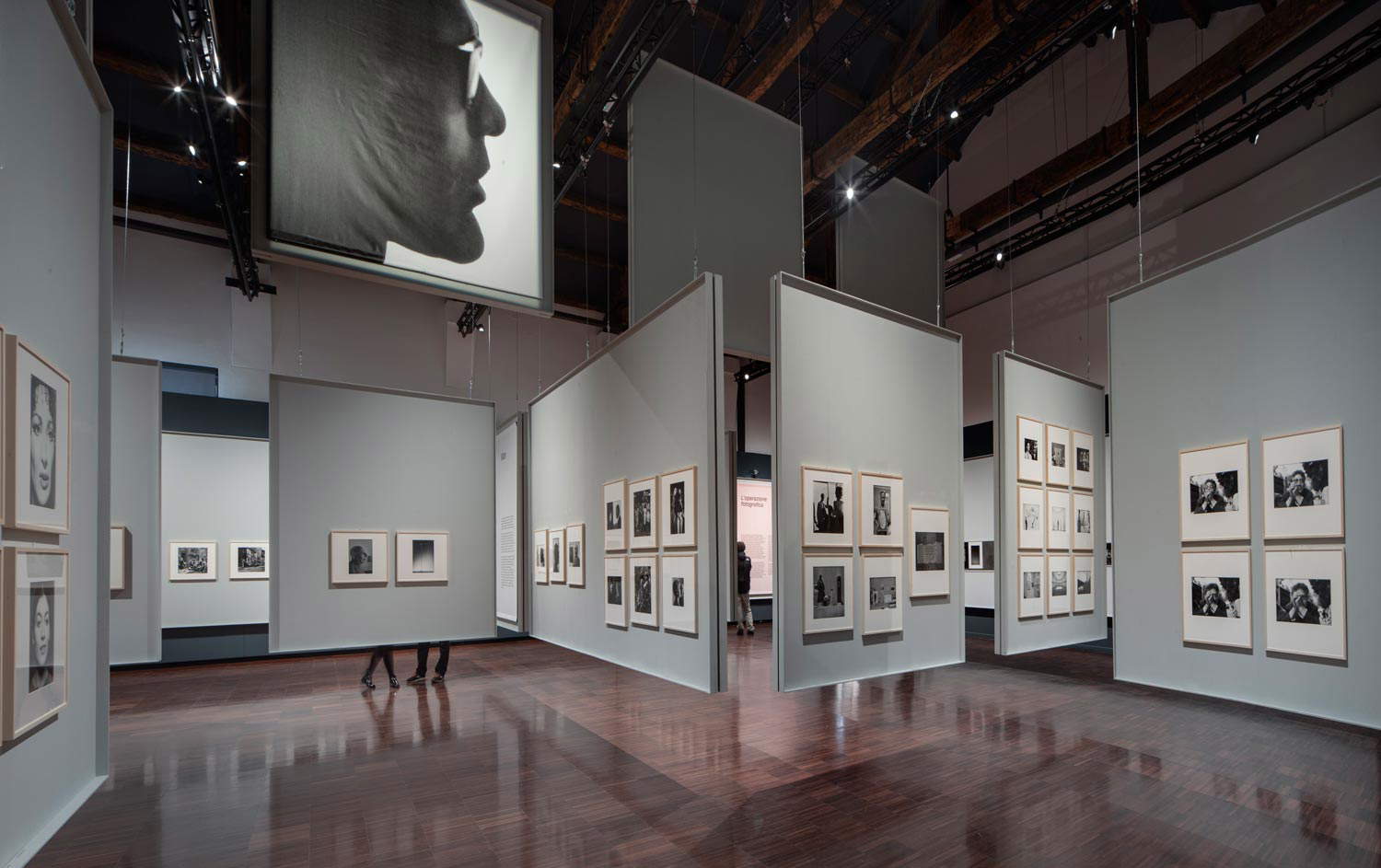
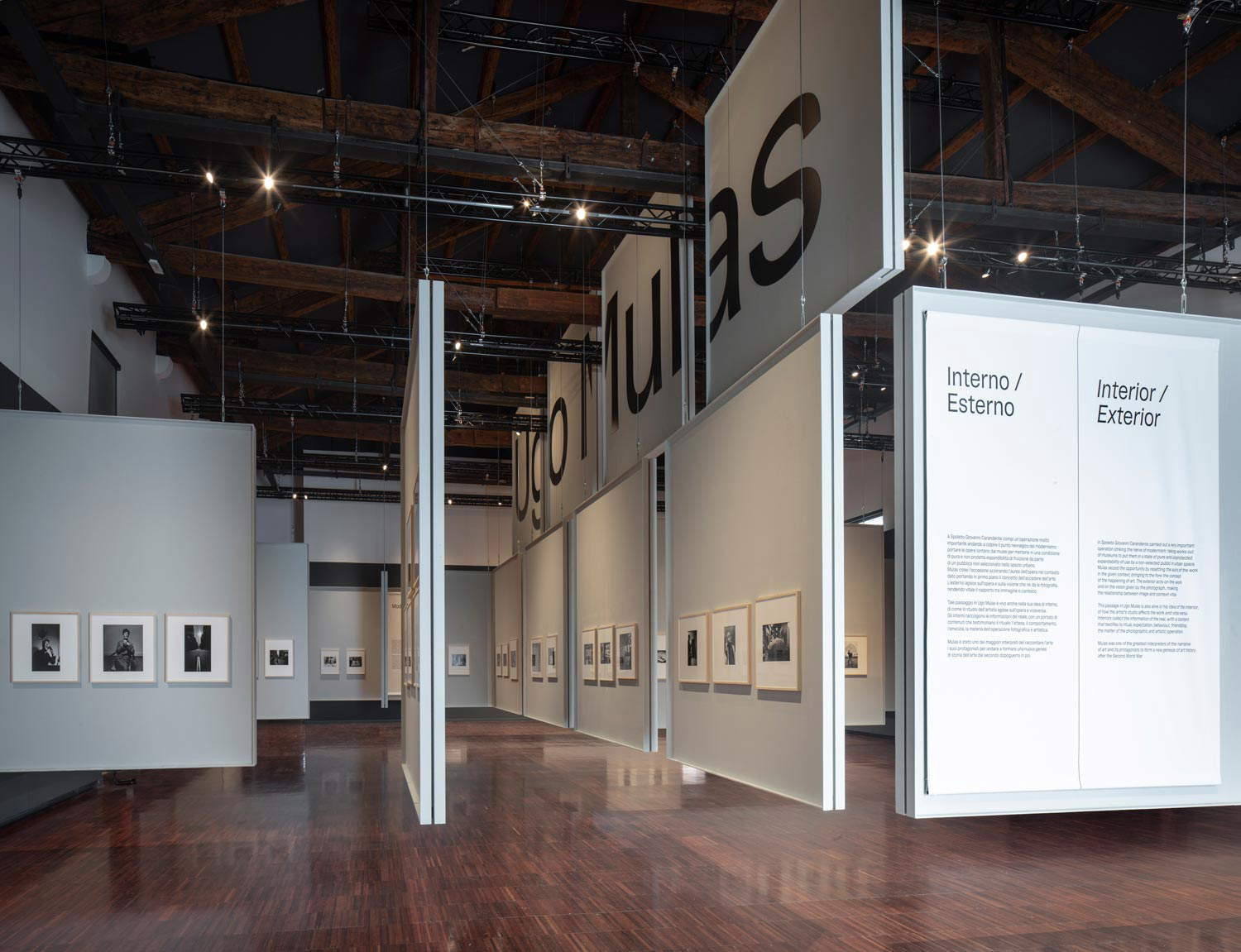

“We chose to start with Ugo Mulas because we wanted to give a signal of interest in Italian photography, and we chose Mulas because he is the Italian photographer,” says Denis Curti, “and moreover with a very important anniversary because Mulas died fifty years ago-March 2, 1973-and left a legacy that is still to be investigated and discovered.” 296 works, including 30 never-before-exhibited images, vintage photographs, documents, books, publications, and films “shift the focus once and for all from this idea that many have had that Mulas is the photographer of art and artists and make it possible to see a total photographer,” says Alberto Salvadori.
In just over twenty years of work Mulas has been a portrait photographer, a landscape photographer, a photographer of artists, fashion and industry. “He was a true autodidact but an autodidact with an analytical mind destined to become a total photographer capable of transcending the genres established by the market,” says Uliano Lucas, a photojournalist, in a testimony collected in the book accompanying the exhibition. He has explored every genre and in each he has brought his personal reflection on photography, which is expressed in its essence in the Verifications that not surprisingly open the exhibition, where Mulas engages in such extreme experiments that he seems to want to discover how far the camera can go. “Mulas is the clear reference of a research that, traversing and documenting the environment and personalities already in the early 1950s, reaches extraordinary and unprecedented experiments that place his work in the ranks of the great masters and, because of its topicality, in the references of future photographic research,” argues Luca Massimo Barbero, director of the Giorgio Cini Foundation Institute of Art History.
Begun in 1970, only three years before his death, the Verifications are the synthesis of Mulas’ photographic thought, almost like a verification, precisely, of the “sense of the operations that for years I repeated a hundred times a day, without ever stopping once to consider them in themselves, disengaged from their utilitarian aspect,” said the photographer. These are experiments very often done at the printing stage, without the passage for the camera, or experiments in storytelling through photography. The Photographic Operation. Self-Portrait for Lee Friedlander, 1971 for example, is an explicit homage to the American photographer who chose as a stylistic key to insert his silhouette within the images making it an integral part of the landscape. What apparently seems like a mistake is nothing more than the realization that the photographer constantly interposes himself between the camera and his subject. And, looking well through the works in the exhibition, it emerges how clear Mulas had these themes throughout his production. I bring to you as an example the portrait in detail of LucioFontana (Lucio Fontana, Comabbio, 1968) where the photographer’s image is reflected in the artist’s pupil, but the hunt for detail could be the idea of a path with which I invite you to visit the exhibition.

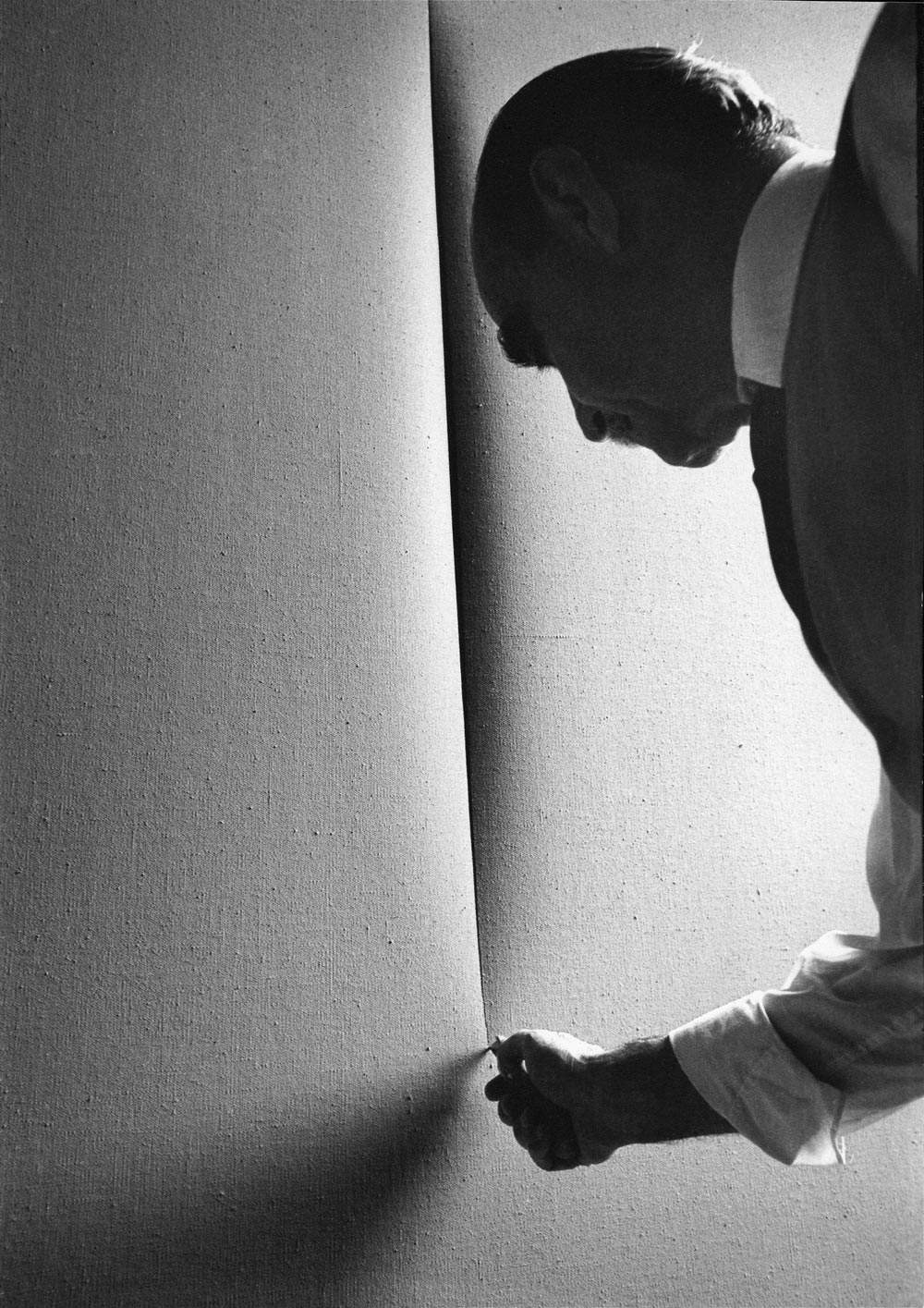



Central to Verifiche is the theme of the passage of time, which, usually, in photographic analysis is considered crystallized in an instant, but instead according to Mulas it multiplies, it flows in the existence of different times at the same moment, in the same shot. This sense of time of his gave rise, in 1964, to the series L’attesa with which Mulas narrates and immortalizes Fontana’s “Cuts.” It is a particularly interesting behind-the-scenes because, although they appear to be a documentation of a spontaneous, inspired gesture of the creation of one of his famous “Cuts,” they are actually a reconstruction that we might call fictional. In fact, Lucio Fontana, despite his friendship and acquaintance with Mulas was not comfortable doing this work in front of the camera. “I feel that if I make a cut, just like that, just to take the picture, it doesn’t come.... ” says Fontana in his recollection of Mulas. And so the photographer’s intuition was to stage the moment of making the work. The result was a story that is a new work of art, a sequence that summarizes the entire creative operation, from reflection to creation. Without those photographs we would read those works differently, and so Mulas really added something to the art of the 1960s, with the ability to be discreet and respect the artists’ work.
His official activity as a photographer, after all, began with the Venice Biennale in 1954. These are turbulent years, sociopolitically and also artistically. Then in the 1964 Biennale he meets Robert Rauschenberg and thanks to him he meets Leo Castelli, Frank Stella, Roy Lichtenstein and Jasper Johns, who will pave the way for a long stay in America. In America, Mulas finds himself in a climate of full artistic ferment, whose protagonists he recounts: Marcel Duchamp, to whom he will dedicate a series of portraits in the exhibition, John Cage, Andy Warhol, Christo. But he also recounts the America of skyscrapers and deserted bars, of abandoned alleys and crowded streets, with the same gaze he had reserved for the places that belonged to him most: postwar Milan, its suburbs, the Jamaica bar and the waiting rooms of the Central Station had in fact been the sites of Ugo Mulas’ first photographs, published only in 1955.

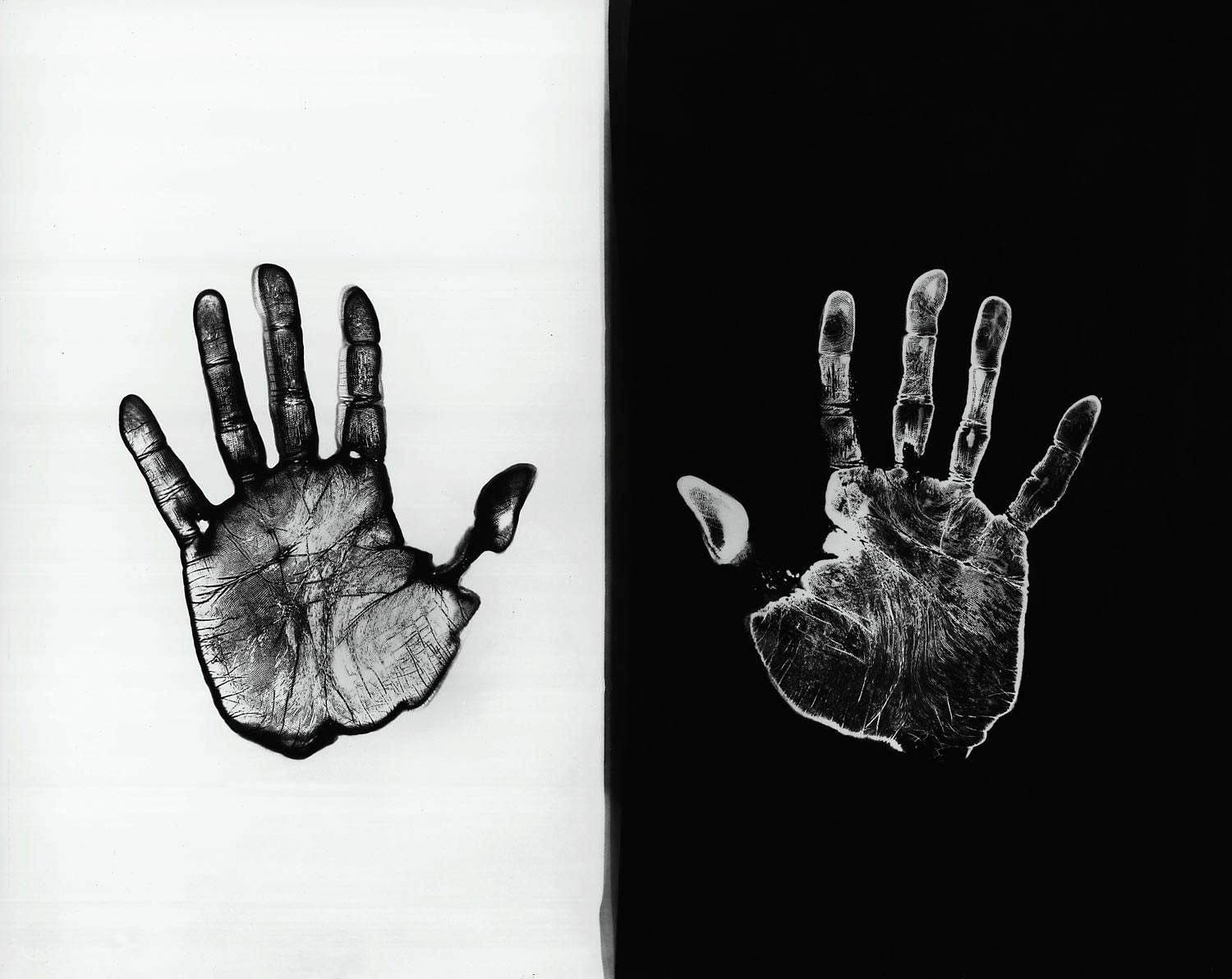
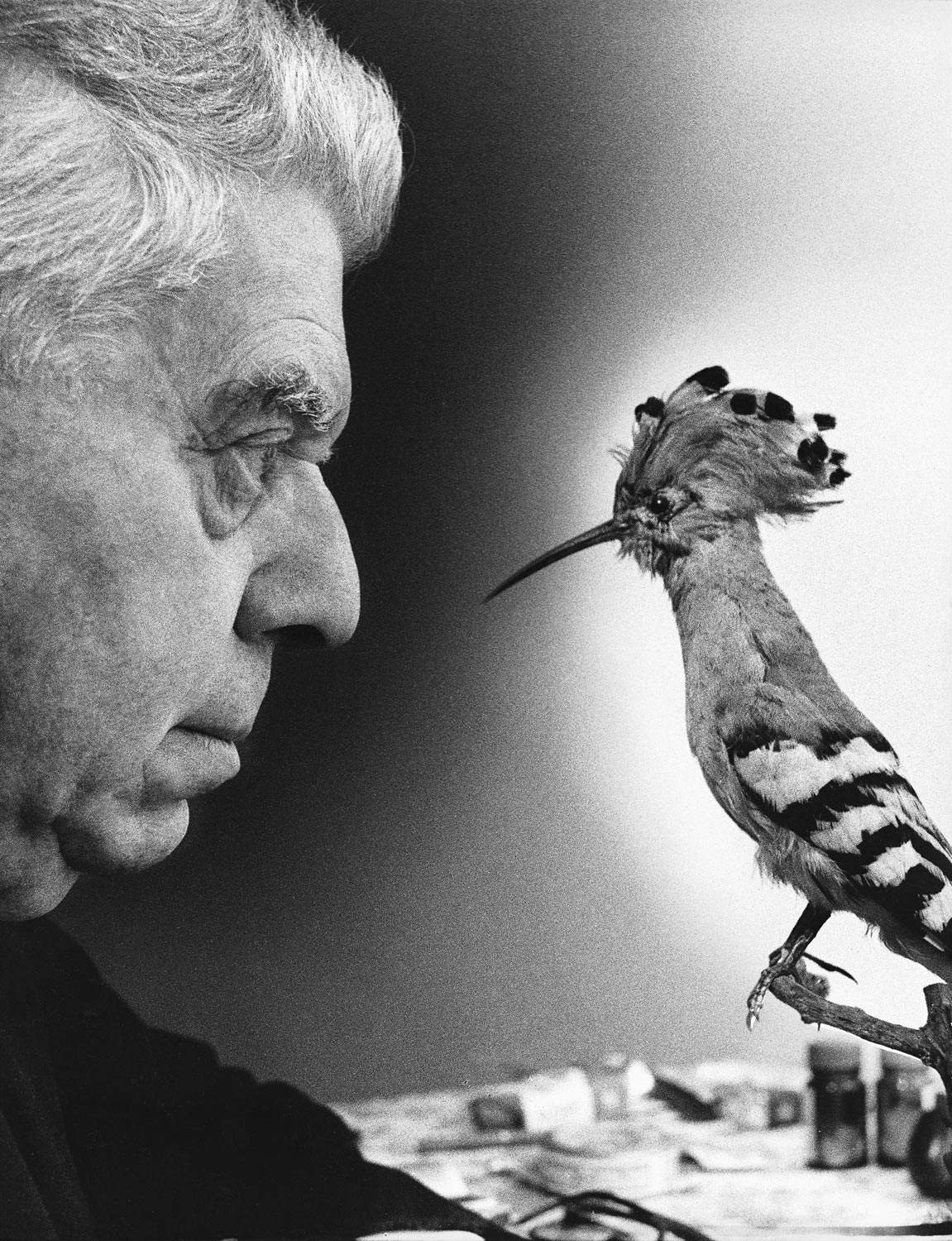

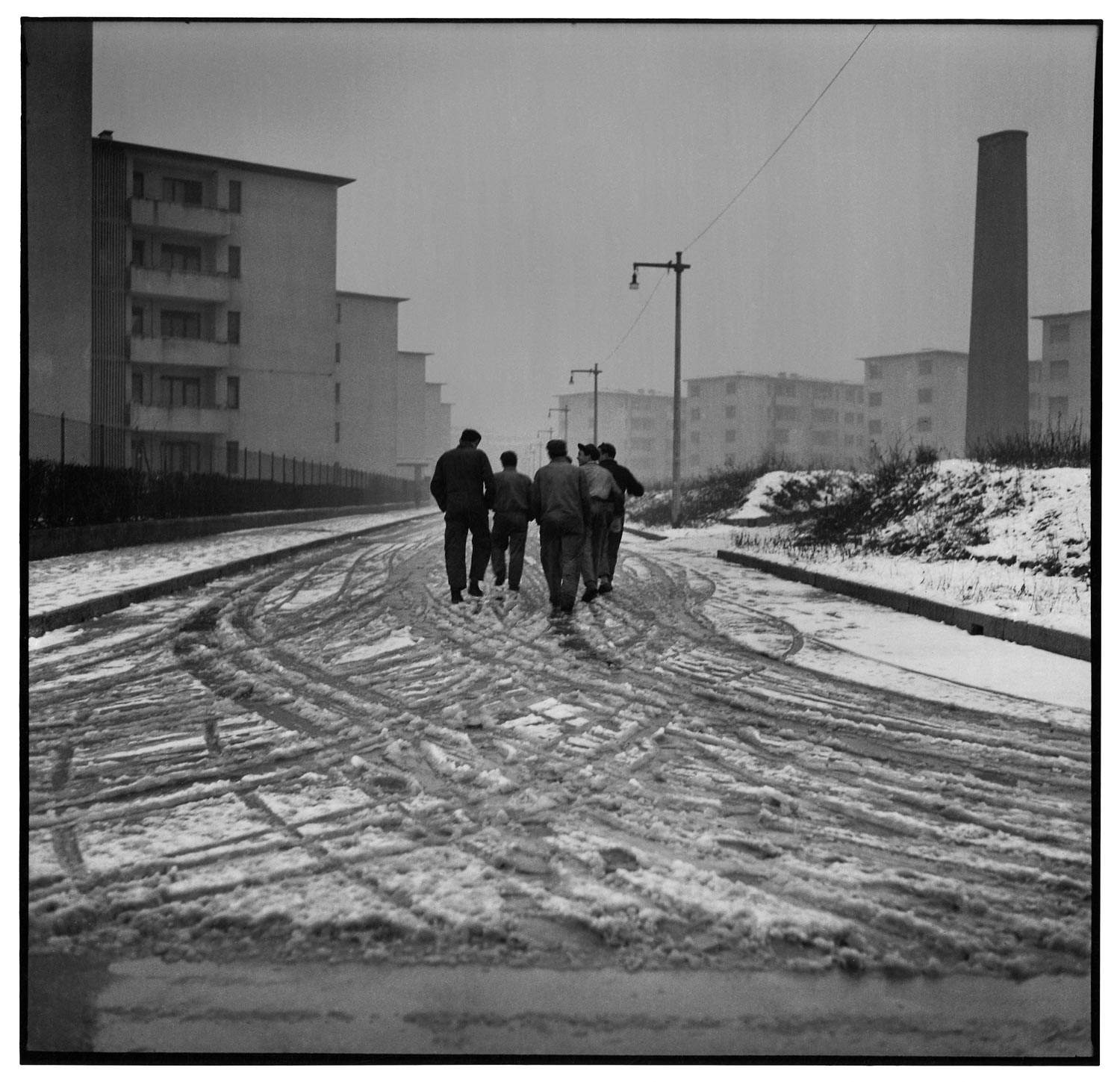
The protagonist of many Milan images is the Jamaica bar, a reference point for artists and writers. Mulas among them is the old man, the master from whom young people seek advice. Ferdinando Scianna recounts that when he submitted to him his first photographs of religious festivals in Sicily, Mulas commented, “it is too easy to photograph the terroni in these situations when they have to do with religion, they are easy subjects, they are photogenic. They are invaders. I want to see how you tell me about the Milanese in Via Montenapoleone.”
Clear in his accounts of places is the awareness that photography is not mere documentation, but testimony and critical interpretation of reality. There is a still poor Milan, that of the massive migration from the south, and there is the Milan that fully represents the economic boom: the art, fashion, and design that are booming and of which the city is the center around which all this creativity revolves.
At a glance at the exhibition, it becomes clear that Mulas was never enchanted by color, but managed to capture so many shades of black and white that we believe it is enough. “Black and white interests me more for a very basic reason. Color seems more false precisely because from color you expect the truth, but it is the colors that Kodak prepares in the emulsion: the sky becomes that blue that was put in by Kodak. With black and white you already know that you are facing an abstraction; therefore, this awareness of artifice helps you to accept the result” (from Portraits. Protagonists of Culture in Milan. Photography. Ugo Mulas, a program by Antonia Mulas of today visible on Rai Play).
The exhibition is accompanied by the publication of the book published by Marsilio Arte, which, in addition to the curators’ essays, collects the testimonies of friends, names of Italian photography: “For everyone, Ugo Mulas was a fundamental point of reference to focus on the modes of expression of an ’ambiguous’ language that, at the time, had yet to find a positioning between craft and art,” explains Denis Curti.
After such a promising start, we can only have high expectations for the upcoming exhibitions of Le Stanze della Fotografia: that of Paolo Pellegrin in fall 2023 and that of Helmut Newton in spring 2024.
Warning: the translation into English of the original Italian article was created using automatic tools. We undertake to review all articles, but we do not guarantee the total absence of inaccuracies in the translation due to the program. You can find the original by clicking on the ITA button. If you find any mistake,please contact us.